Home | History| Resources | Charter | Book


In 2018 the European Union celebrates the 50th anniversary of the EU Customs Union.
Since 1968, the Customs Union has been protecting the safety and security of citizens of its member countries and collecting customs duties that represent an important source of revenue in the EU, whilst transforming customs into a modern and responsive partner to trade.
Events are organised all over the European Union to mark the anniversary.
CUSTOMS UNION IN A NUTSHELL
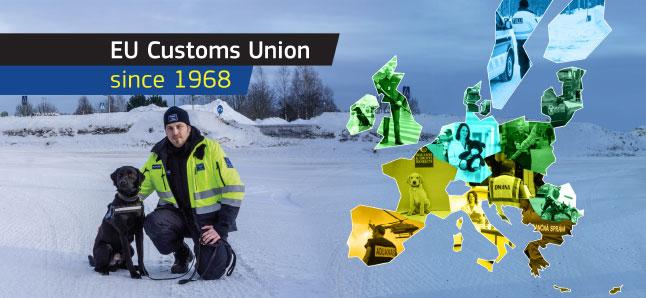
A single trading area where all goods circulate freely, whether they’re made in the EU or imported from beyond its borders. This means that there are no customs duties at the borders between EU countries. Duty on goods from outside the EU is generally paid when they first enter the EU. From then on, there’s nothing more to pay and no more checks. National customs services in all EU countries work together as one to manage the day-to-day operations of the Customs Union.
28 EU Member States, Monaco and British territories (Akrotiri and Dhekelia, Guernsey, the Isle of Man and Jersey) use a common set of rules, called the Union Customs Code. They manage one single system for handling the import, export and transit of goods. All members collaborate to set the same tariffs for goods from other countries.
Wider international cooperation is also crucial in protecting the interests of European citizens and European business worldwide. The EU has signed customs cooperation and mutual administrative assistance agreements to simplify and harmonise customs procedures, which in turn reduces the administrative burden and costs for European companies.
Key functions of the EU Customs Union
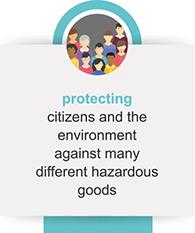
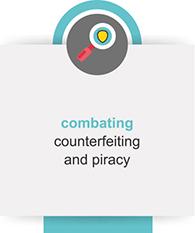
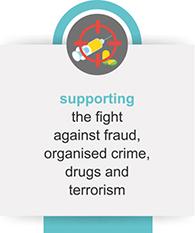
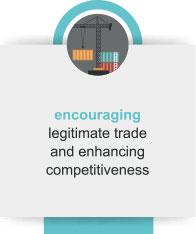
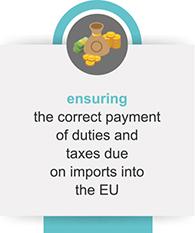
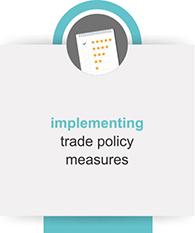
Customs Officials keep our borders safe and secure
Over 114,000 customs officers work around the clock at airports, border crossings, ports, inland customs offices or customs laboratories. They prevent illegal and/or dangerous goods from entering the EU, while keeping legitimate trade flowing. In their line of work, they confiscate some rather interesting items.
taxud-50-posters-en4.jpgtaxud-50-posters-en2.jpgtaxud-50-posters-en3.jpgtaxud-50-posters-en1.jpg
There are 90 state-of-the-art customs labs in the EU that play an important role in combatting illegal trafficking and fraud, and protecting against unsafe or dangerous products. Some labs specialise in certain types of analysis, e.g. toy safety.
When human senses are not enough to detect certain types of illegal goods, customs officers partner up with sniffer dogs who specialise in detecting illegal drugs, suspicious food, explosives or even large amounts of cash.




The role customs is changing, especially in border areas inside the EU where physical border checks are a thing of the past. Good example of this evolution is the city of Tornio in the northernmost part of Finland on the border with Sweden. It forms a twin-city complex together with Haparanda city on the other side of the border. EU Customs Union has brought the two cities closer and further enhanced their collaboration.
It all started back in 1968
Learn more about the history of the EU Customs Union
Did you know?
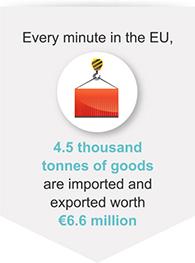

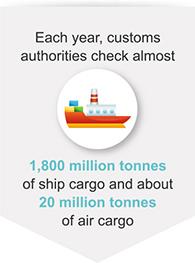
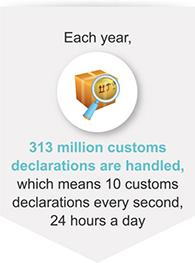
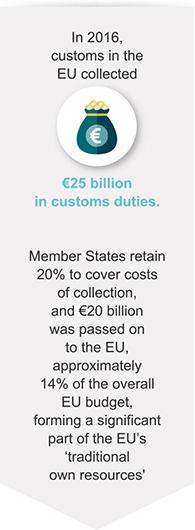
Success by the numbers*
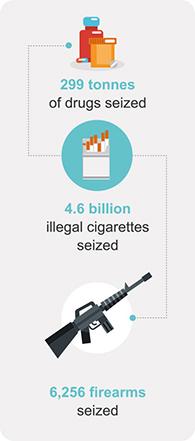


×
Mismo - France
/*-->*/
/*-->*/
×
Ula-la - Poland
×
Newton - France
×
